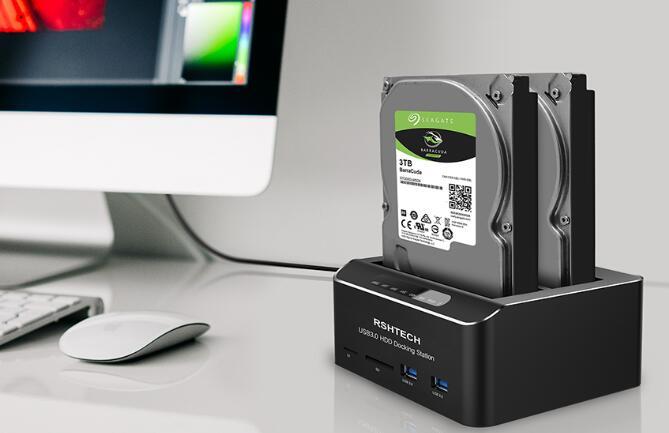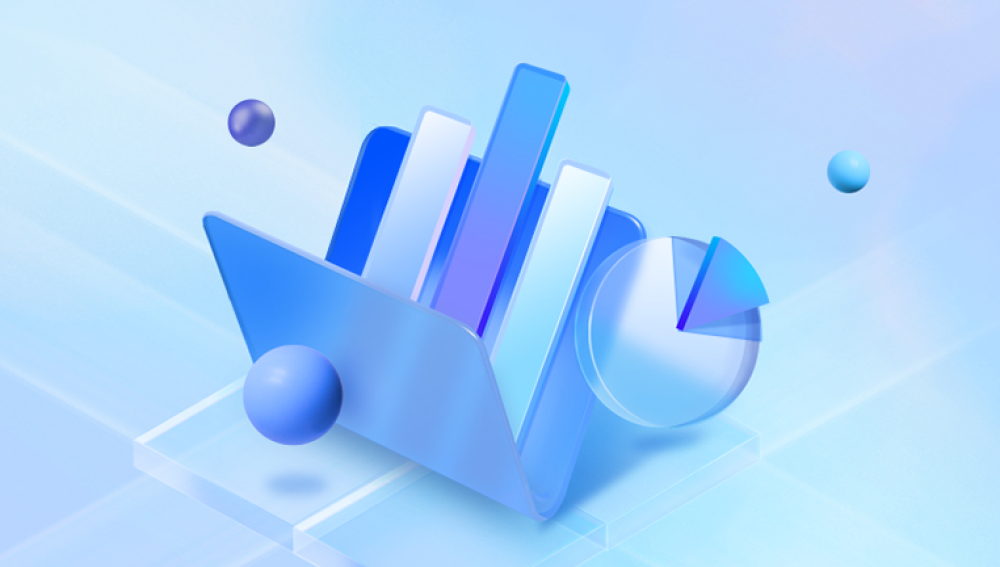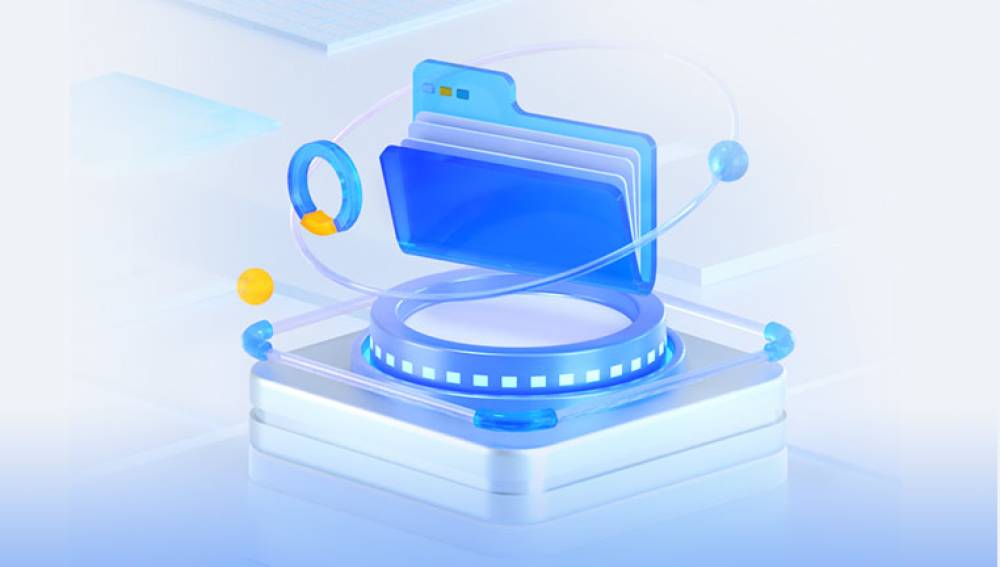Several factors can cause this issue, ranging from simple connection problems to more complex hardware or software failures. This comprehensive guide will delve into the potential causes, diagnostic steps, and solutions to help you troubleshoot and resolve the issue of Windows not recognizing an external hard drive.
Connection Problems:
Faulty USB Port or Cable: A damaged or malfunctioning USB port or cable is one of the most common reasons an external hard drive is not recognized. The issue could be with either the port on the computer or the cable connecting the drive.
Power Supply Issues: Some external hard drives require more power than a single USB port can provide, especially larger drives. If the drive has a separate power supply, ensure it is properly connected and functioning.

Driver Issues:
Outdated or Missing Drivers: External hard drives rely on drivers to communicate with the computer. If these drivers are outdated, corrupted, or missing, the drive may not be recognized.
Conflicts with Other Devices: Sometimes, driver conflicts with other connected devices can cause recognition issues.
File System Issues:
Unsupported File System: If the external hard drive is formatted with a file system that Windows does not support (e.g., HFS+ used by Mac), it won't be recognized without additional software.
Corrupted File System: A corrupted file system on the drive can prevent Windows from accessing it properly.
Partition Problems:
Unallocated Space: If the external hard drive has not been partitioned or if the partitions are deleted, Windows may not recognize the drive.
Hidden Partitions: Sometimes, partitions can become hidden due to software or user actions, causing the drive to be unrecognized.
Hardware Failures:
Physical Damage: Physical damage to the drive, such as from drops or impacts, can cause recognition issues.
Internal Component Failures: Failures in the drive's internal components, such as the read/write heads or the circuit board, can also lead to recognition problems.
Diagnostic Steps
Basic Checks:
Reconnect the Drive: Disconnect the external hard drive and reconnect it to a different USB port. Ensure the connection is secure.
Try a Different Cable: Use a different USB cable to rule out cable issues.
Test on Another Computer: Connect the drive to another computer to determine if the issue is with the drive or the original computer.
Device Manager:
Access Device Manager: Press Win + X and select Device Manager.
Check for Unknown Devices: Look for any devices with a yellow exclamation mark or listed as Unknown Device. This can indicate a driver issue.
Update or Reinstall Drivers: Right-click on the external drive (if listed) and select Update driver. If not listed, right-click on Unknown Device and try updating the driver.
Disk Management:
Access Disk Management: Press Win + X and select Disk Management.
Check Drive Status: Look for the external hard drive in the list of drives. It may be listed without a drive letter, as unallocated space, or with a different status.
Assign Drive Letter: If the drive is visible but lacks a drive letter, right-click on it and select Change Drive Letter and Paths to assign a drive letter.
Initialize the Disk: If the drive is listed as Not Initialized, right-click on it and select Initialize Disk.
Command Prompt:
Run CHKDSK: Open Command Prompt as an administrator and run chkdsk /f /r X: (replace X with the drive letter of the external hard drive). This checks for and attempts to repair file system errors.
Solutions
Connection Solutions:
Use Different Ports/Cables: If the drive works on another computer or with a different cable/port, continue using the working configuration.
Powered USB Hub: If the drive requires more power, use a powered USB hub to provide sufficient power.
Driver Solutions:
Update Drivers: Use Windows Update or the manufacturer's website to download and install the latest drivers for the external hard drive.
Reinstall Drivers: In Device Manager, uninstall the problematic device and then reconnect it to allow Windows to reinstall the drivers automatically.
File System Solutions:
Reformat the Drive: If the file system is unsupported or corrupted and data recovery is not a concern, reformat the drive to a compatible file system (e.g., NTFS or exFAT). Be aware that reformatting will erase all data on the drive.
Use File System Conversion Tools: For unsupported file systems, third-party tools can help convert the drive to a Windows-compatible format without losing data.
Partition Solutions:
Create/Assign Partitions: In Disk Management, create new partitions if the drive shows as unallocated. If partitions are hidden, use tools like MiniTool Partition Wizard to recover them.
Rescan Disks: In Disk Management, use the Action menu to Rescan Disks to detect newly connected drives.
Hardware Solutions:
Professional Data Recovery: For physically damaged drives or severe internal failures, consult a professional data recovery service to avoid further damage and maximize the chances of data retrieval.
Replace the Drive: If the drive is still under warranty, contact the manufacturer for a replacement. Otherwise, consider purchasing a new drive.
Preventive Measures
Regular Backups:
Automated Backup Solutions: Use software like Windows Backup and Restore, File History, or third-party tools to automate regular backups of important data to prevent data loss.
Safe Removal:
Eject Safely: Always use the Safely Remove Hardware option before disconnecting the external hard drive to prevent data corruption.
Proper Handling:
Avoid Physical Damage: Handle external hard drives carefully to avoid drops or impacts that can cause physical damage.
Firmware Updates:
Keep Firmware Updated: Check for firmware updates from the drive manufacturer and apply them to ensure optimal performance and compatibility.
Power Management:
Disable USB Selective Suspend: In the Windows Power Options, disable USB selective suspend to prevent the USB ports from powering down the external drive.
By following the diagnostic steps and implementing the appropriate solutions outlined in this guide, you can often resolve the issue and regain access to your data. For persistent problems or cases involving physical damage, seeking professional assistance is recommended. Regular backups, proper handling, and preventive measures can help minimize the risk of encountering such issues in the future.




